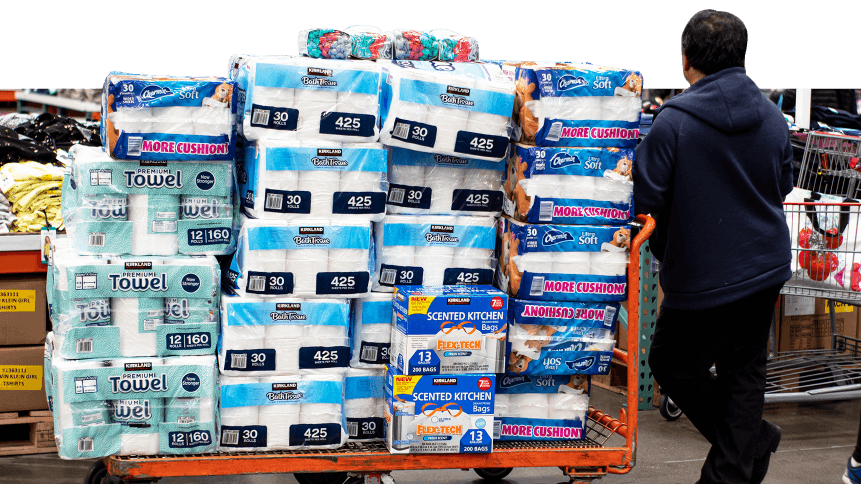It’s good news… and bad news for e-commerce right now

With the glut of countries now practicing social distancing as a means of containing the spread of the COVID-19 coronavirus, e-commerce sites and their corresponding logistical support services are likely gearing up to deal with the expected surge in online shopping.
As the coronavirus has proven to be a resilient virus strain that spreads easily, however, there is still a lot of uncertainty as to how much businesses, customers, and even the delivery and fulfillment sectors will be affected.
Nearly half of internet users in the US expect to be staying home, or at least away from shops in general, as the outbreak continues to wreak havoc on people’s day-to-day plans and routines.
74.6 percent of American internet users are already planning to avoid shopping malls and commercial areas, and with a sizeable 85 percent of US retail sales coming through traditional brick-and-mortar stores, the opportunity for e-commerce sites to gain traction in the massive American retail market during this crisis period, looks bright indeed.
It looks like an advantageous time not just for the Amazons of the world, but potentially also for omnichannel retailers. For example, the consumer can purchase the product online but elect to pick up the item instore. The benefit of buy online, pick up instore is that consumers can possibly avoid large crowds, but still be able to physically claim the item, thereby lessening logistical headaches.
Countries across the world have seen a surge in panic buying amongst customers when reported COVID-19 cases shot up dramatically, which left many store shelves briefly empty.
People who aren’t panic buying and just need basic necessities pic.twitter.com/zQQXpWjBDC
— 🤍 (@Hayleyssworldd) March 16, 2020
Such a situation could cause a marked increase in demand from online retailers as well, so online sellers should be wary and take steps to ensure their order fulfillment and delivery strategies do not get overwhelmed in the short term.
Standard e-commerce practices such as faster shipping might have to be rethought, maybe even slowed down to allow logistics workers and delivery employees the needed time to fulfill orders, without creating backlogs of orders.
If online retailers can keep these new customers happy and fulfilled during this pandemic, there is a good chance to retain them as long term, possibly more frequent buying clientele.
Managing supply chains effectively during this difficult time will be of importance to both e-retailers and their brick-and-mortar counterparts. Foot traffic is already drastically down in malls across America, especially among the elderly who are more susceptible to the virus’ symptoms. This again represents a good opportunity for e-commerce retailers to gain a better foothold in the older age groups, but providing a good online shopping experience will be paramount to be retaining them.
According to initial data from Quantum Metric, over the January – February sales period, the online divisions of select brick-and-mortar retailers such as Target and Walmart have already seen a 52 percent weekly average revenue growth in that time frame, along with a healthy jump in online conversion rates.
Yet despite this outlook, a recent survey of retailers by Digital Commerce 360 found that there is also plenty of uncertainty and confusion, with very few clear indicators for retailers to set their strategies to.
While up to 38 percent expect sales to increase either somewhat or drastically, another 36% are actually taking a ‘wait & see’ approach to cope with the uncertainty and rapid changes in updates.










